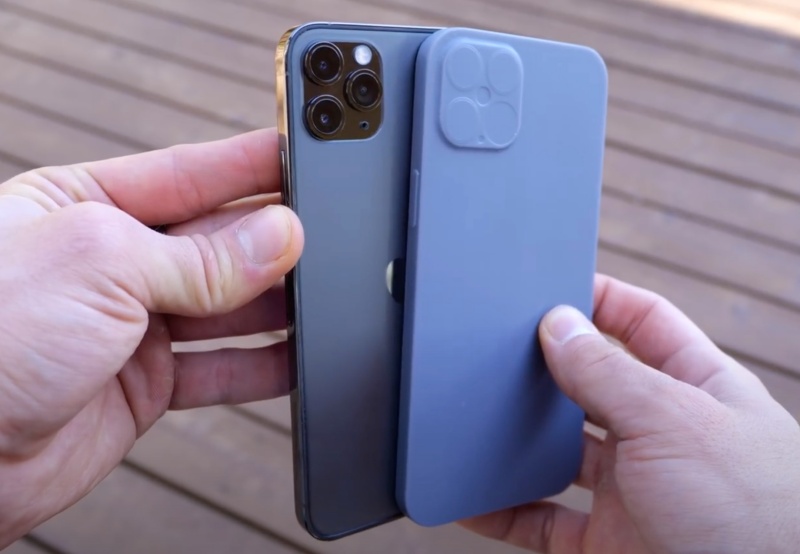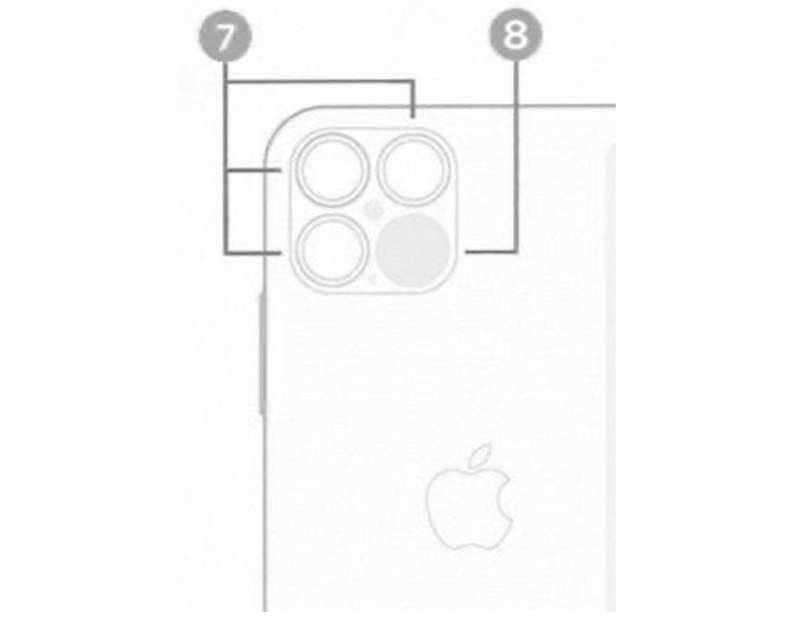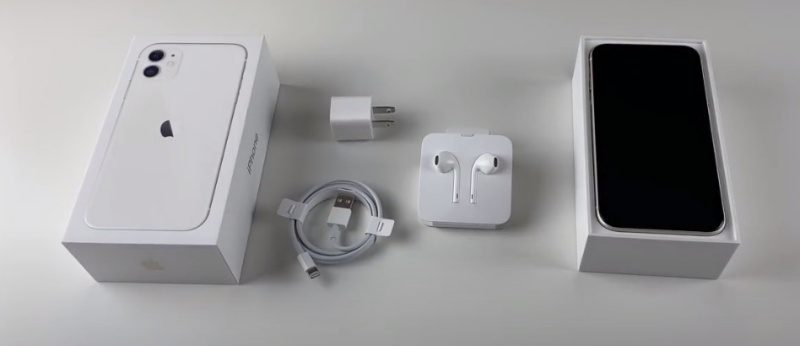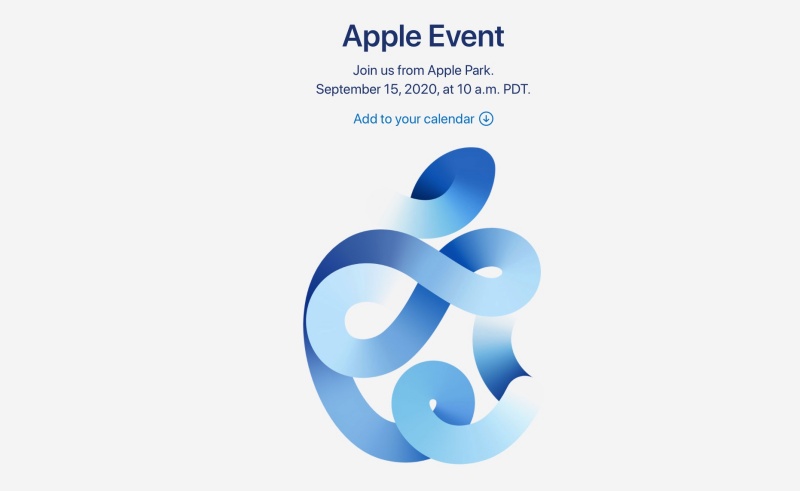Apple iPhone 12 rumour roundup: Everything we know so far


Since 2017, Apple has been releasing three new iPhone models in the fall season. 2020 is likely to be an exception as Apple is reportedy launching four new iPhone 12 models.
While earlier reports suggest that there are three iPhone 12 models, the first report of a four-model lineup surfaced in December 2019 when JPMorgan analysts claim there would be four models:
Two 6.1-inch variants, one 6.7-inch variant and one 5.4-inch model. Kuo revised his investor note in the same month echoing the same sentiments.
Bloomberg detailed the four-iPhone lineup in an April report; two models would be replacing the current iPhone 11 Pro and Pro Max models while two models would succeed the iPhone 11. In June, four iPhone 12 moulds and renders were leaked.
These moulds and renders are used by third-party brands to design cases for the new models. Popular tipster Ice Universe shared in end June that there are four new iPhone models, which are likely to be called the iPhone 12, iPhone 12 Max, iPhone 12 Pro, and iPhone 12 Pro Max.
Could it really happen? We'll know in a few days! Meanwhile read on for more features and expectations in the following pages.

The iPhone X, which was introduced in 2017, brought a new era of design with an almost all-screen front, a notch, no Touch ID button, and a return to stainless steel frame. This year, Apple is expected to bring a new design with the iPhone 12.
Analyst Ming-Chi Kuo wrote about it in September 2019; the new iPhone models are said to have a new metal frame with a more complex segmentation design, new trenching and injection molding procedures, and sapphire or glass cover to protect the trench injection molding structure.
Bloomberg also reported in April 2020 that the iPhone 12 lineup is likely to borrow design cues from the iPad Pro; the top-tier models are expected to have flat stainless steel edges and flat screens. Tipster Jon Prosser shared that the non-Pro models would continue to have an aluminium chassis.
The notch, which is easily the most controversial feature on the iPhone, may be getting smaller as well. Credit Suisse and Kuo reported in July 2019 that Apple is working to remove the notch as early as 2021, and that at least one 2020 iPhone model would have a smaller notch.
Tipster Ben GeSkin shared in October 2019 that Apple was testing some iPhone prototypes with notches that were smaller.
A leaked image shows a purported iPhone 12 design with a smaller notch and a new home screen interface (which was later confirmed to be true at WWDC 2020).
According to some estimates, the notch appears to be a third smaller than the current one on the iPhone 11. In addition, Bloomberg also expects the size of the notch to be smaller this year.
Leaked schematics of the iPhone 12 obtained by Max Weinbach confirm these reports of a new design and smaller notch.
The leaked moulds and renders also reveal a flat edge design for the upcoming iPhone models. Two leaked hands-on videos of the iPhone 12 unit corroborate these reports.
[embed]https://youtu.be/dwfexyaeKuY[/embed]

Apple has always kept the OLED display as an exclusive feature of its premium iPhone models, the Pro lineup. However, it is likely to change this year when Apple unveils an all-OLED iPhone lineup.
The Wall Street Journal wrote about an all-OLED iPhone lineup in January 2019.
DigiTimes, citing information from the supply chain, claimed in April 2019 that Apple would introduce all-OLED iPhone lineup with new screen sizes in 2020. Kuo reiterated the same prediction in his June 2019 investor note.
JPMorgan analyst Samik Chatterjee reported in December 2019 that he expects four iPhone models with OLED screens in 2020, and tipster @UniverseIce tweeted in June that the iPhone 12 models will feature Super Retina OLED displays.
High refresh rate is the new buzz word in the smartphone world and the iPhone is among the last flagship phones to not have one.
@UniverseIce shared in July 2019 that Apple was considering a switchable 60Hz/120Hz refresh rate for the iPhone 12. It is likely to be the same ProMotion technology that Apple deploys on the iPad Pro since 2017.
Max Weinbach, who has a pretty solid track record on Apple devices, revealed in his video that the Pro models will support 120Hz refresh rates and they will dynamically switch between 60Hz and 120Hz to conserve battery life.
However, recent claims by the lead analyst of DisplaySearch/DSCC and Jon Prosser appear to cast doubt on the feature coming to the iPhone 12. Ross Young said Apple was unable to secure 120Hz driver ICs for the iPhone 12 and the only feasible option is to launch the new iPhones with 60Hz display.
Prosser added that Apple is still testing the feature and he is not sure if the feature will make it to launch. He also said that he has "seen too much evidence to be certain" that it is not coming.

Apple introduced the LiDAR scanner on the iPad Pro 2020, which relies on the other two cameras, motion sensors and the Time-of-Flight (ToF) principle to understand the surroundings.
The same LiDAR scanner and technologies are expected to debut on the iPhone 12 Pro.
Bloomberg reported about the more powerful 3D rear camera in February 2019, where it described the camera as being able to scan the environment to create a 3D reconstruction of the real world, and can work up to 4.5m.
Apple is also said to be using a new laser scanner for better depth perception and placement of virtual objects. The 3D camera sensors could be sourced from Sony.
Analyst Ming-Chi Kuo made a similar claim in July 2019 that the Pro models will feature the high-tech new camera system.
The ToF camera system is expected to use lasers or LEDs to create accurate 3D maps of its surroundings, and to take better photos. Kuo reiterated in September that the camera upgrades are among the three key highlights of the iPhone 12 lineup.
JPMorgan analyst Samilk Chatterjee describes the new cameras as "world-facing" 3D rear cameras that can deliver enhanced augmented reality (AR) applications. While the Pro models will have rear triple-lens camera systems with ToF 3D sensing technology, the non-Pro models are likely to have a rear dual-camera module.
Fast Company shared more information about the new 3D rear camera in March. A source told the publication that the 3D depth camera system is made up of a laser, sensor and software system that emits lights to measure the distance between the phone and objects.
The 3D depth camera system can provide additional depth information for better photo and video effects along enhanced AR experiences.
Another new use case is creating digital content that show users interacting with holographic images of animals or celebrities in their own spaces.
Leaked schematics of the iPhone 12 Pro reveal a new camera layout on the rear to house the LiDAR scanner.
According to Max Weinbach, the other camera upgrades coming to the iPhone 12 lineup include better low-light performance, faster autofocus, improved image stabilisation, smart HDR and 3x optical zoom.

Apple is expected to launch its first 5G iPhone next month. Rumours have been circulating since 2018 on the debut of the first 5G iPhone.
Fast Company reported in November 2018 that the first 5G iPhone would arrive in 2020.
It was initially believed to be using Intel's 8161 5G modem chip, but this scenario is unlikely to happen anymore since Apple and Qualcomm signed a six-year chipset supply deal in April 2019.
Apple also acquired Intel's smartphone modem business to accelerate the development of its own 5G modem chips.
It is estimated to take Apple at least five years before it can deploy its own 5G modems.
Nonethless, the iPhone maker is reportedly working on its own 5G antenna design as the Qualcomm QTM 525 millimetre-wave antenna design did not fit into the sleek design requirements of the iPhone.
Bloomberg wrote in December 2018 that Apple was willing to wait as long as a year after the initial deployment of 5G networks to bring the first 5G iPhone to market. With a growing list of countries launching 5G networks this year, it seems that the time is ripe for a 5G iPhone.
While the iPhone 12 lineup will come with 5G connectivity, not all of them will support the fastest 5G. A wireless industry source claims the 6.7-inch model is the only one to support mmWave 5G while the other models will support the slower, but more common sub-6GHz.
Even though Apple is one of the last few phone makers to release a 5G device, it is expected to lead the 5G phone market this year according to Strategy Analytics.
5G is cited as one of the three key highlights of the iPhone 12 lineup, and if the iPhone upgrade "super-cycle" is to happen, Apple is estimated to surpass current market leaders Huawei and Samsung.

Apple may be packing the latest technological features in the iPhone 12, but consumers are expected to miss out on two basic items in the retail package: earphones and charger.
Analyst Ming-Chi Kuo claimed in May that Apple is not bundling the EarPods with Lightning connector in the retail box of the iPhone 12.
Kuo feels it could be a deliberate move by Apple to drive sales of the AirPods. The EarPods with Lightning Connector is priced at $45!
Aside from not bundling the EarPods, Apple is also believed to be taking out the charger as well. Barclays analysts say Apple is likely to justify its actions based on environmental benefits.
The only things in the retail package could only be the iPhone 12 model and a new braided USB-C to Lightning cable.
There are reports of a new 20W USB-C charger, but in view of the above reports, it is likely to not be included in the retail package and sold as an optional accessory.

Apple confirmed last week that it will be holding a virtual event on Sept 15. While you may think that the iPhone 12 is going to be announced at the event, Bloomberg appears to think otherwise.
Sources told Bloomberg that the Sept 15, event will focus on the new Apple Watch models and the next-generation iPad Air.
As for the iPhones, Apple is said to be holding a separate event in October. In addition, the company confirmed in an earnings call that the new iPhones would be "available a few weeks later" than the usual September timeframe. So how late would that be?
During the initial Covid-19 outbreak in March, the Bank of America claimed that the launch of the iPhone 12 could be delayed by a month due to disruptions in the supply chain.
Reuters wrote in the same month that the production ramp-up for the iPhone 12 has been postponed. The Wall Street Journal ecohed the same sentiments.
Analyst Jeff Pu reported in April that the development and verification processes for the iPhone 12 were affected, which could result in some models launching earlier than the others.
Pu expects the 5.4-inch and 6.1-inch models to be available in September while the 6.7-inch model will be available in October.
Goldman Sachs has a more pessimistic outlook; it does not expect the iPhone 12 lineup to be available until early November.
Analyst Ming-Chi Kuo said the 5.4-inch and 6.1-inch models will only enter mass production this month while the 6.7-inch model will only enter mass production in October due to a more complicated design and recent changes to the antenna design.
Major Apple suppliers also provided hints on the expected launch of the iPhone 12. Broadcom shared in June that there is a "major product cycle delay" and its wireless revenue is expected to drop in Q3 before recovering in Q4.
Qualcomm revealed that its Q4 chip revenue forecast is slightly lower than analysts' expectations due to the delay of a flagship phone launch.
The company expects the slight delay to push some of its units from the September quarter to the December quarter.
DigiTimes reiterated on the phased launch approach last month; supply chain sources told the publication that the first phase will involve the launch of two 6.1-inch models while the other models (5.4-inch and 6.7-inch) will be available in the second phase.
Tipster @Jon_Prosser shared his predictions on the iPhone launch timeline: An iPhone event is expected to be held in the week of Oct 12 followed by pre-orders for the non-Pro models starting in the same week and shipments the following week. The Pro models will have pre-orders and shipments in November.
Prosser claimed that the iPhone 12 models will come in 128GB and 256GB storage capacity options while the iPhone 12 Pro models will come in 128GB, 256GB and 512GB storage capacity options.
Apple is said to be introducing a new colour option for the iPhone 12 Pro lineup. A navy blue finish is expected to replace the current midnight green option.
Prosser also updated the likely prices for the different iPhone 12 models and we have included the current US prices for comparison:
This article was first published in Hardware Zone.